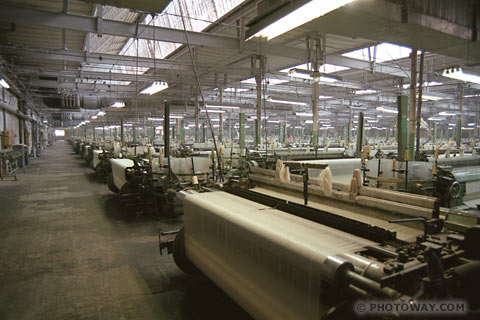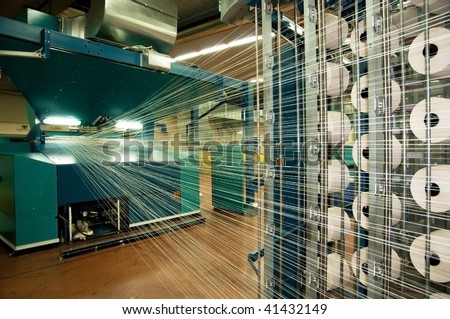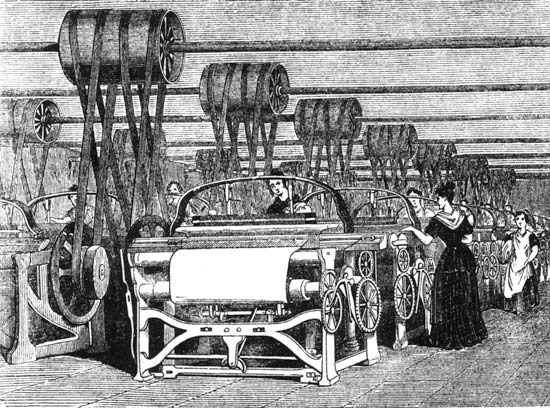Textiles Industry Details
During the late medieval period, cotton began to be imported into northern Europe. Without any knowledge of what it came from, other than that it was a plant, noting its similarities to wool, people in the region could only imagine that cotton must be produced by plant-borne sheep. John Mandeville,
writing in 1350, stated as fact the now-preposterous belief: "There
grew in India a wonderful tree which bore tiny lambs on the endes of its
branches. These branches were so pliable that they bent down to allow
the lambs to feed when they are hungry." This aspect is retained in the
name for cotton in many European languages, such as German Baumwolle,
which translates as "tree wool". By the end of the 16th century, cotton
was cultivated throughout the warmer regions of Asia and the Americas.The main steps in the production of cloth are producing the fibre, preparing it, converting it to yarn, converting yarn to cloth, and then finishing the cloth. The cloth is then taken to the manufacturer of garments. The preparation of the fibres differs the most, depending on the fibre used. Flax requires retting and dressing, while wool requires carding and washing
Textiles Industry
Textiles Industry
Textiles Industry
Textiles Industry
Textiles Industry
Textiles Industry
Textiles Industry
Textiles Industry
Textiles Industry
Textiles Industry
Textiles Industry
Textiles Industry
Textiles Industry
Textiles Industry
Textiles Industry
Textiles Industry
Textiles Industry
Textiles Industry
Textiles Industry
Textiles Industry









.jpg)








No comments:
Post a Comment